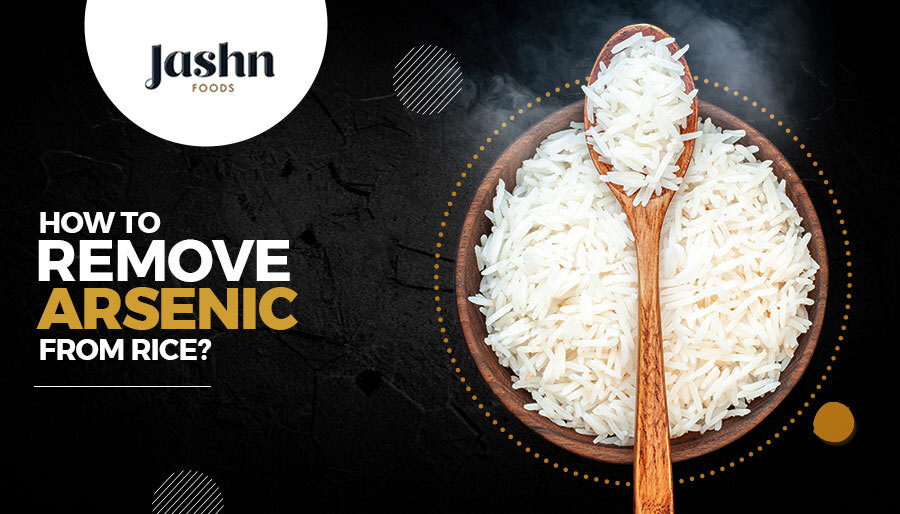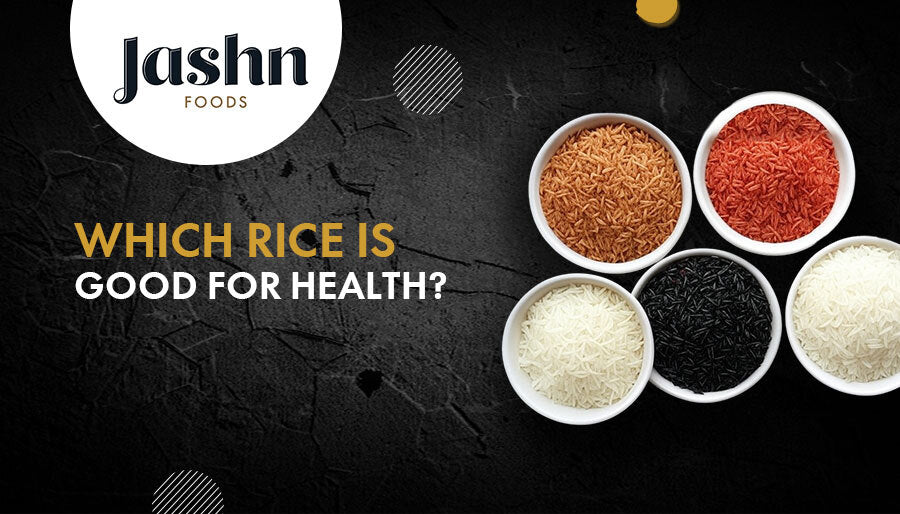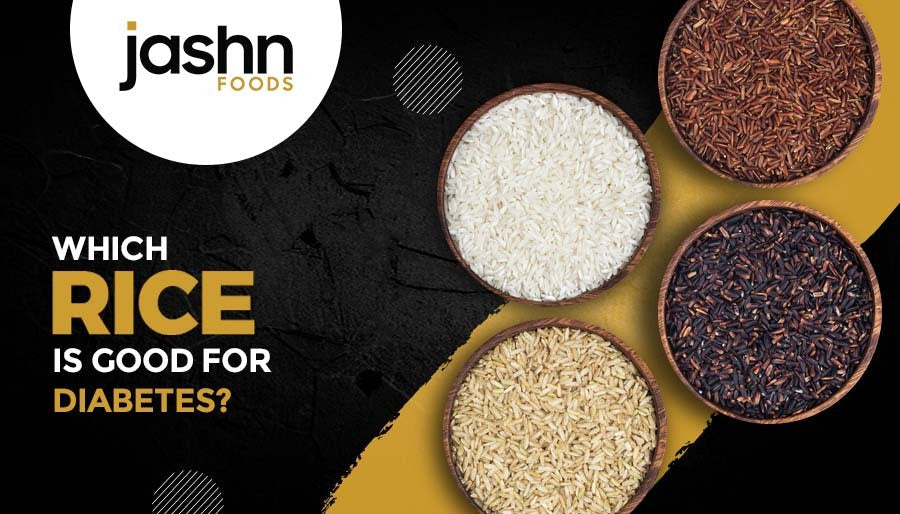Rice is a staple food for more than half the world’s population. But this comforting food grain contains a toxic ingredient — arsenic. According to some studies, alarming levels of arsenic are common in rice. It means you need to handle rice carefully before adding it to your regular diet.
Whether it’s brown, white, organic, wild, or basmati rice, each variety contains arsenic. But that doesn’t mean you should give up on your staple food. Suppliers and manufacturers of Indian basmati rice ensure that the level is reduced. However, during milling, some amounts of arsenic remain in the rice. So, here, we will discuss some ways to remove arsenic from rice. But before that, let’s understand what arsenic is
What is arsenic?
Arsenic is found naturally in the environment. The Earth’s crust is said to have arsenic, and it is found in water, soil, plants, and even in animals.
Now, here comes the question — how arsenic is considered harmful if it occurs naturally?
Well, humans have made this issue a bit complicated by using pesticides and fertilizers. In nature, arsenic exists in organic and inorganic forms. Here, arsenic doesn’t relate to farming but is a term in chemistry.
Organic arsenic has its molecules combined with carbon, and it’s found in plants and animal tissues. Inorganic arsenic, on the other hand, has no carbon elements combined. It is found in water, rock, or soil.
Here comes the main thing — toxicity levels of arsenic vary hugely. Both organic and inorganic variants of arsenic are considered hazardous, but inorganic arsenic is more harmful. It is most commonly used in fertilizers and pesticides. This toxic element is found in various foods such as chickens that are fed arsenic-laden drugs. But rice is one of the most common food sources for inorganic arsenic.
How to remove arsenic from rice?
You can wash off arsenic to some extent as it is water-soluble. But this process is said to remove some valuable nutrients from your basmati rice or any other rice as well. As per a report from FDA, rinsing rice may wash off nutrients like iron, folate, thiamin, and niacin by 50-70 percent.
Also, the published reports show that using the excess water for rice cooking and draining the excess water can reduce the inorganic arsenic level by 40 to 60 percent. It depends on the type of rice you use.
One such study published in PLOS ONE in 2015 stated a cooking method that removed about 85% arsenic from rice. In this method, a filter coffee maker was used to let the hot water pass through the rice as it cooks. But this experiment resulted in nutrient depletion. It saw a significant 50% reduction in potassium and 7% in phosphorus. But the levels of calcium, iron, manganese, copper, sulfur, and zinc remained unchanged.
The Parboiling Method
Well, in 2020, the University of Sheffield introduced perhaps the most effective way to remove arsenic from rice at home. Researchers came out with four cooking methods:
- Unwashed rice and absorbed water
- Washed rice and absorbed water
- Pre-soaked rice and absorbed water
- Parboiled rice and absorbed water
No matter which non-basmati or basmati rice brands you use, it’s always helpful to follow the above instructions to remove arsenic from it.




